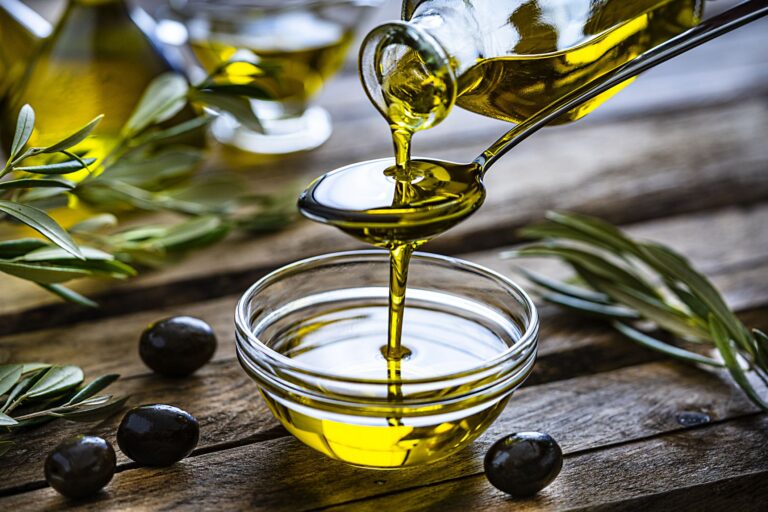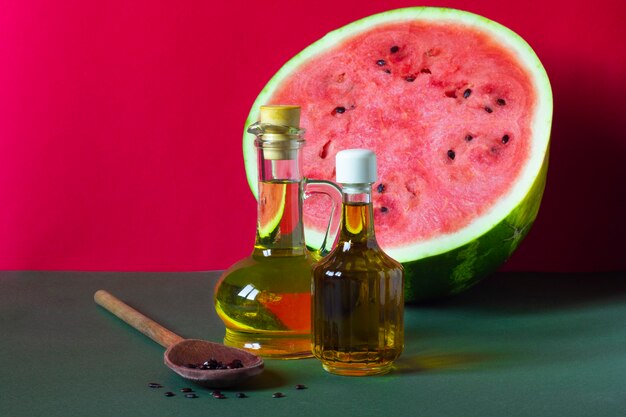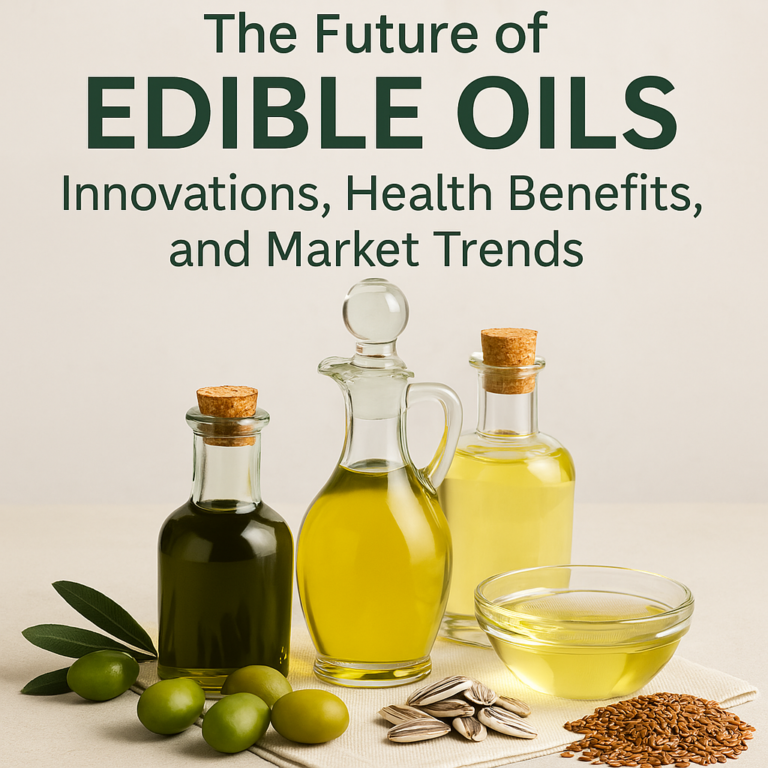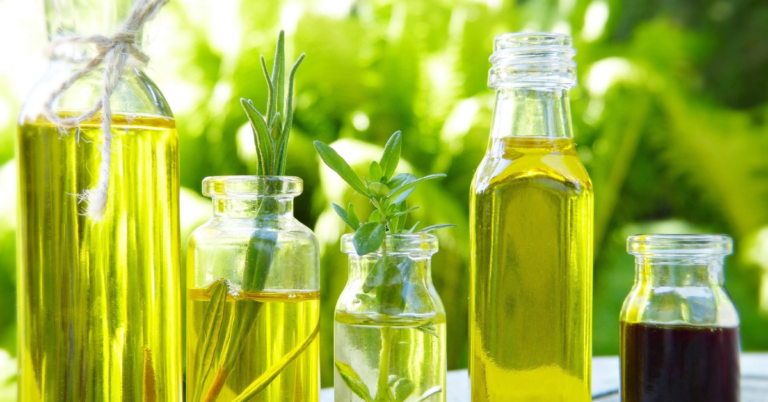Edible oil has been a cornerstone of human cuisine for centuries, enriching meals with flavor, texture, and essential nutrients. This blog explores the fascinating journey of edible oil, from its historical roots to its indispensable role in modern kitchens. Along the way, we’ll delve into the history of edible oil, highlight edible oils examples, and understand the processes behind refining edible oils.
The Origins of Edible Oil
Ancient Beginnings
The history of edible oil traces back to ancient civilizations that discovered the value of natural fats and oils. Early humans extracted oils from seeds, nuts, and fruits such as olives, sesame, and coconuts. Olive oil, for instance, was a staple in Mediterranean cultures, prized not only for cooking but also for religious and medicinal uses.
Traditional Extraction Techniques
In the beginning, oil extraction was rudimentary. Seeds and nuts were crushed using stones, and the resulting pulp was squeezed to extract oil. These cold-pressing methods, though labor-intensive, yielded pure and unrefined oils that were rich in flavor.
Cultural Significance
Edible oils were more than just culinary ingredients; they were cultural artifacts. In ancient Egypt, sesame oil was used for rituals, while in India, ghee played a vital role in Ayurvedic medicine and religious ceremonies. These oils were symbols of prosperity and health, forming an integral part of early trade routes.
The Evolution of Edible Oil Through History
Medieval and Renaissance Periods
During the medieval era, the production of edible oils expanded to new regions. The invention of mechanical presses allowed for more efficient extraction, leading to the commercial availability of oils like flaxseed and rapeseed. In Europe, butter and lard were common cooking fats, while Asia continued to favor sesame and coconut oils.
Industrial Revolution
The Industrial Revolution marked a turning point in the history of cooking oil. Advances in machinery enabled large-scale production, making oils more accessible and affordable. New varieties, such as sunflower and soybean oil, entered the market. This era also saw the beginnings of the cooking oil refining process, which improved the shelf life and clarity of oils.
20th Century and Beyond
The 20th century brought significant innovation in edible oil production. Hydrogenation processes led to the creation of margarine and shortening, while global trade introduced palm oil to the industrial food sector. Today, edible oils are a multi-billion-dollar industry, essential in everything from home cooking to processed foods.
Types of Edible Oils and Their Culinary Roles
The versatility of edible oils lies in the wide variety available, each suited to specific culinary applications.
Plant-Based Oils
- Olive Oil: Ideal for dressings and low-heat cooking due to its rich flavor.
- Coconut Oil: Popular in baking and sautéing, known for its distinct aroma.
- Sunflower Oil: A neutral oil perfect for frying and baking.
- Soybean Oil: Common in processed foods and frying applications.
- Palm Oil: Widely used in packaged goods for its stability and low cost.
Animal-Based Oils
- Butter and Ghee: Used for sautéing, baking, and flavor enhancement.
- Lard and Tallow: Traditional fats for frying and roasting, particularly in European and American cuisines.
Modern Innovations
- Avocado Oil: A health-conscious choice for high-heat cooking.
Blended Oils: Created to combine the best properties of multiple oils, such as canola-sunflower blends.
Edible Oil in Modern-Day Cuisine
Edible oils are staples across global cuisines, underpinning countless recipes and cooking techniques.
Global Usage
From stir-frying in Asia to deep-frying in the Americas, edible oils are central to culinary traditions. In Italy, olive oil is drizzled over bread and salads, while in India, mustard oil is used for its sharp, pungent flavor.
Health and Nutrition
Modern consumers are increasingly aware of the nutritional benefits of edible oils. Rich in essential fatty acids and vitamins, oils like olive and flaxseed support heart health and brain function. Fortified oils with added nutrients have also gained popularity.
Sustainability Concerns
The rise in edible oil consumption has raised environmental issues. Unsustainable palm oil farming, for example, has led to deforestation and biodiversity loss. As a result, there is a growing demand for eco-friendly and organic alternatives.
Benefits of Edible Oils
Edible oils offer a range of benefits, making them indispensable in both traditional and modern diets.
Nutritional Value
- Source of essential fatty acids like omega-3 and omega-6.
- Provides fat-soluble vitamins such as A, D, E, and K.
- High-calorie content offers a dense energy source.
Culinary Versatility
- Enhances the flavor and texture of dishes.
- Acts as a cooking medium for frying, roasting, and baking.
- Essential in emulsifying dressings and sauces.
Cultural and Medicinal Uses
- Used in traditional medicine for skin and hair care.
- Integral to rituals and celebrations in many cultures.
Challenges and Controversies
While edible oils are vital, their production and consumption come with challenges.
Health Risks
- Excessive consumption can lead to obesity and cardiovascular issues.
- Trans fats in hydrogenated oils are linked to serious health concerns.
Environmental Impact
- Deforestation for palm oil plantations threatens ecosystems.
- Large-scale production consumes significant water and energy resources.
Economic Fluctuations
- Global trade and price volatility affect the availability of certain oils.
- Dependence on imports can strain local economies.
The Cooking Oil Refining Process
Refining edible oils involves removing impurities to improve their quality and shelf life. The process includes:
- Degumming: Eliminating phospholipids and other impurities.
- Neutralization: Removing free fatty acids to prevent rancidity.
- Bleaching: Filtering out color pigments and unwanted substances.
- Deodorization: Removing odors for a neutral taste.
While refining ensures a consistent product, over-refining can strip oils of beneficial nutrients, sparking debates over the balance between quality and health benefits.
Future of Edible Oils
Innovation in Production
Advancements in biotechnology are leading to genetically modified crops with higher oil yields. Techniques like cold pressing are being refined to preserve nutrients.
Health-Focused Trends
Consumers are shifting toward oils with lower saturated fats and higher omega-3 content. Brands are also introducing fortified oils tailored to specific health needs.
Sustainability Practices
Eco-friendly farming and renewable energy in production are gaining traction. Certified sustainable palm oil (CSPO) is becoming a key standard for responsible sourcing.
Conclusion
The story of edible oil is a testament to human ingenuity and adaptability. From ancient cold-pressing methods to modern refining techniques, edible oils have evolved to meet the needs of diverse cultures and cuisines.
Despite challenges like environmental impact and health concerns, edible oils remain indispensable, enriching our meals and nourishing our bodies. Want to learn more about edible oil? Visit our blog Historical Journey of Edible Oil for a deeper dive into the techniques and innovations shaping the industry.
As we look to the future, innovation and sustainability will continue to shape this vital industry, ensuring its relevance for generations to come.




